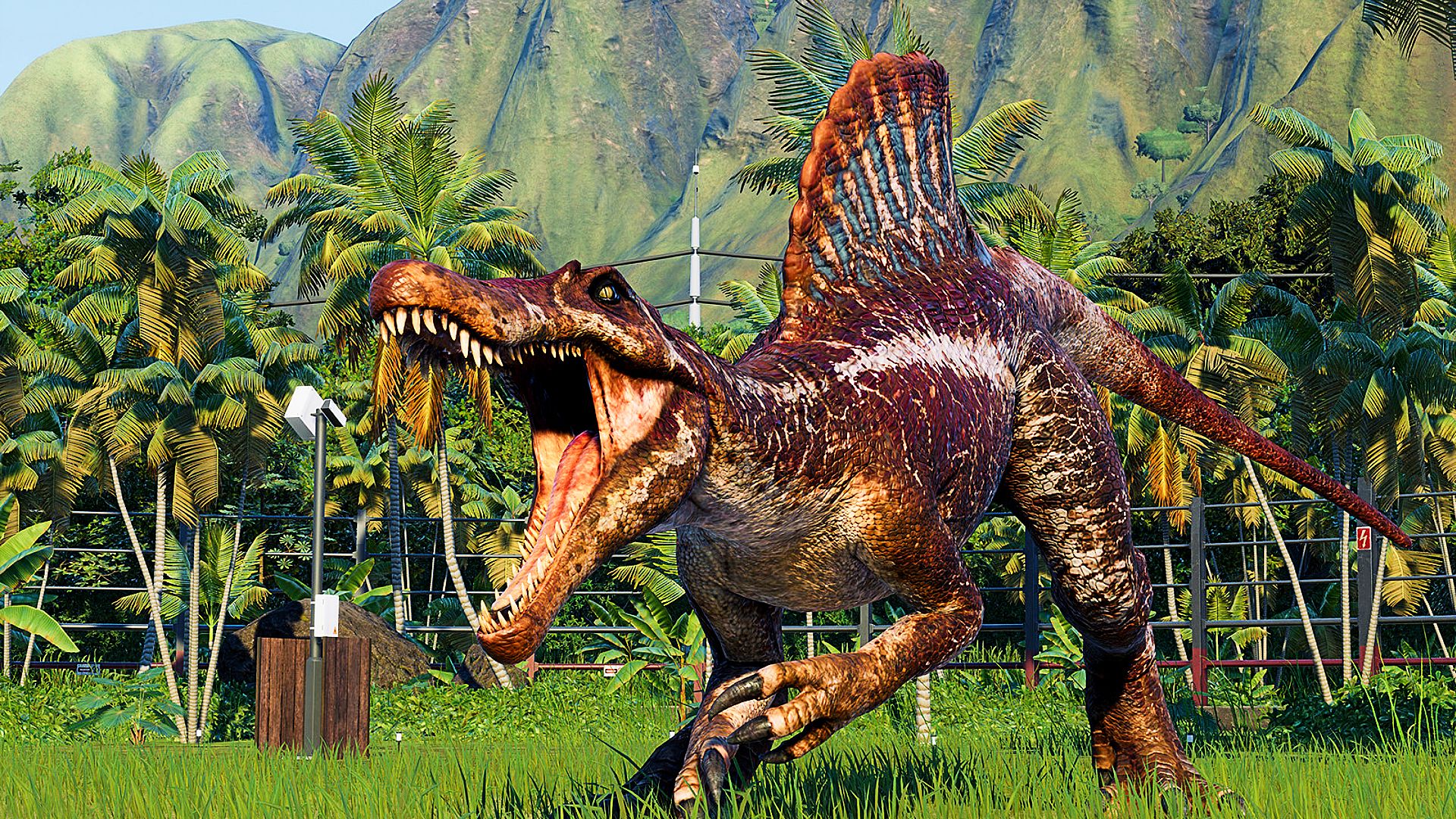The prehistoric world was not only home to terrestrial giants but also boasted a myriad of fascinating creatures that thrived in aquatic environments. When we think of dinosaurs, the gargantuan land dwellers often steal the spotlight. However, the seas and rivers were teeming with their own unique species, including not only dinosaurs but also a variety of marine reptiles. This article delves into these extraordinary creatures, exploring the diverse types of aquatic dinosaurs and marine reptiles that once roamed the Earth, their characteristics, and their significance in the prehistoric ecosystem.
First, we must clarify the distinction between aquatic dinosaurs and marine reptiles. While the term “dinosaur” generally refers to a specific clade of land-dwelling reptiles known from their skeletal structure and pelvic configurations, several other reptiles thrived in aquatic habitats and are often mistakenly termed as dinosaurs. This group includes notable marine reptiles like ichthyosaurs, plesiosaurs, and mosasaurs. Understanding this distinction is crucial for anyone fascinated by prehistoric life.
The ichthyosaurs were among the most intriguing sea creatures of the Mesozoic era. These streamlined reptiles bear a striking resemblance to modern dolphins, which is a splendid example of convergent evolution. They swam gracefully in the oceans, preying on fish and other marine organisms. With elongated bodies and large, dolphin-like heads equipped with sharp teeth, ichthyosaurs were highly adapted for life in the water. Fossil evidence suggests some species could reach lengths of over 20 feet, with their large eyes adapted for seeing in dim light underwater, indicating these remarkable creatures were indeed formidable hunters.
Another fascinating group is the plesiosaurs. Characterized by their long necks, small heads, and robust bodies, these creatures strike a dramatic contrast to ichthyosaurs. They could be quite large, with some species measuring over 40 feet in length. Plesiosaurs are often depicted with four paddle-like flippers, ideally suited for navigating through ancient seas. There are two primary types of plesiosaurs: long-necked and short-necked. The long-necked varieties, such as the famous Elasmosaurus, were likely filter feeders, relying on their elongated necks to exploit a range of prey. Conversely, short-necked plesiosaurs, like the Pliosaurus, were apex predators, with massive jaws that could crush shells and consume larger prey.
Adding to the diverse cast of marine reptiles are the mosasaurs, which emerged during the Late Cretaceous period. Mosasaurs possessed a unique combination of traits, including a long, powerful tail, a flattened body, and limbs modified into flippers, allowing for agile swimming. These formidable relatives of lizards could grow up to 50 feet in length and dominated the oceans as formidable predators. Their fossilized remains frequently reveal signs of having fed on a diverse diet that included sharks, fish, and even other marine reptiles, showcasing their adaptability as apex predators in their respective ecosystems.
In addition to these prominent marine reptiles, several lesser-known but equally captivating creatures occupied the ancient seas. For instance, the Pliosaurus funkei, a short-necked plesiosaur with an immense jaw filled with conical teeth, occupied the oceans about 150 million years ago. Fossils of this predator demonstrate its impressive size and predatory efficiency, contributing to the diversity of marine life during the Jurassic period.
Exploring the lifestyles and habitats of these aquatic reptiles reveals not only their fascinating adaptations but also the dynamic ecosystems they inhabited. The oceans during the Mesozoic era were rife with competition and predation. Marine reptiles developed various strategies to survive, including sophisticated hunting techniques and unique reproductive methods. Unlike modern reptiles that lay eggs on land, many marine reptiles likely gave birth to live young, enabling them to thrive entirely in aquatic environments.
Additionally, some aquatic dinosaurs, such as the even less well-known Argentinosaurus and Matheronodon, bridged the gap between land and water. Evidence of their aquatic adaptations suggests they may have ventured into shallow waters, hunting for food while still being classified as terrestrial dinosaurs. This adaptability indicates that the lines between dinosaur habitats were often blurred, allowing for intricate survival strategies.
The significance of aquatic dinosaurs and marine reptiles extends beyond their impressive adaptations and lifestyles. Studying these creatures allows paleontologists to piece together the ecological puzzle of prehistoric environments. The interrelationships among marine reptiles, their prey, and their habitats provide crucial insights into how ancient ecosystems functioned and adjusted to changing conditions. Furthermore, understanding these ancient creatures fosters a greater appreciation for the evolutionary processes that have shaped life on Earth.
As we continue to uncover more fossils and gather insights from various scientific disciplines, our understanding of these captivating creatures only deepens. The aquatic dinosaurs and marine reptiles of the past serve as enduring symbols of evolution’s power and creativity, reminding us of the complex legacy of life on our planet. In exploring their lives, we not only witness a centuries-old battle for survival but also an intricate dance of adaptation that has echoes in the biodiversity we see today.
In conclusion, the fascinating world of aquatic dinosaurs and marine reptiles presents an opportunity to comprehend the diversity and ingenuity of prehistoric life. From the streamlined ichthyosaurs to the formidable mosasaurs, these creatures continue to pique our curiosity, inviting further exploration into their lives, adaptations, and ecological significance. The richness of our planet’s history is a testament to the wonders that existed in the depths of ancient seas, awaiting discovery and appreciation.
